Last week, the world was abuzz with the latest climate change assessment report by the Intergovernmental Panel on Climate Change (IPCC), and for good reason: for the first time ever, the IPCC is unequivocally holding humans to blame for the 1.5°C increase in global temperature, which would inevitably occur by 2040. The near 4,000 paged-report makes abundantly clear the damage human-driven activities have caused to the environment, as well as the impacts consequent of those actions. It also makes it clear that no place on earth is spared from the effects of a rising global temperature.
Chapter 3 of the IPCC report details the emergence and intensity of climate change related events by region under different situations of global warming. For Southeast Asia, three key events were identified: (1) flooding due to sea level rise; (2) precipitation events; (3) and crop yield.
Sea level rise and coastal flooding
Global average sea level is estimated to rise between 0.26–0.77 metres by the end of the 21st century if global warming is limited to 1.5°C; in comparison, a 2°C increase in global temperature would mean an addition of about 0.1 metres. In either case, the Southeast Asian region is projected to be one of the most at risk of coastal flooding, assuming that there are no improvements made to existing protection levels. Interestingly, one of the studies (Clark et al., 2016) referenced in the report identified Indonesia and Thailand as countries with a population count of above 50 million facing a particularly high risk of coastal flooding.
That being said, this news of sea level rise is nothing new—similar projections have been made time and again, supplemented by interactives maps by organisations such as NASA and Climate Central. All of them arrive at the same conclusion: coastal flooding is fast becoming an increasingly huge problem, and how much damage can be contained is heavily dependant on how much global warming can be limited. A Greenpeace report recently estimated that by 2030, rising sea levels would leave 15 million people across seven major East and Southeast Asian cities vulnerable to flooding, along with a projected cumulative economic damage of about USD724 billion.
Precipitation events
In the previous IPCC report published in 2018, it was found that the ratio of rainfall during the wet season to dry season throughout Southeast Asia has generally increased between 1955 and 2005. The frequency of extreme precipitation events, i.e. days with precipitation comprising the top 1% of all days with precipitation, in most of the northern parts of the region was also noted to have increased, with the Malay Peninsula experiencing more intense rainfall throughout the northeast and southeast monsoons. Accordingly, the 2018 report projected a continued rise in extreme precipitation events associated with monsoons for the Southeast Asian region.
Three years later, the projection remains fundamentally unchanged. Southeast Asia is projected to record an increase in heavy precipitation events for both global warming of 1.5°C and of 2°C; the latter is expected to result in a stronger and statistically significant increase than the former.
“[The monsoon] brings heavy rains that are crucial for agrarian economies in the area. But monsoons in the recent years have increasingly brought devastating floods… Instead of more constant, less-intense rains, torrential downpours are now more frequent.”
Crop yield and food security
The Southeast Asian region has been identified to be highly vulnerable to food security risks based on its heavy dependence on maize, rice and, wheat. While lower yield and reduced nutritional quality of these cereal crops are expected as global temperature rises, these negative effects are projected to be smaller if global warming is limited to 1.5°C instead of 2°C.
Photo: Milo Weiler/Unsplash. The Mekong River plays an indispensable role in the economies of multiple countries. It is estimated that fisheries in the Lower Mekong Basin alone generate USD17 billion a year, comprising 3% of the combined GDP of Cambodia, Laos, Thailand, and Vietnam (The Diplomat, 2016).
Regardless of either situation, the measures necessary for a nation to adapt to a warmer world in order to safeguard its food security remains highly complex. In this case, the Mekong river basin makes for a useful illustration—it is a hotspot for a myriad of climate-associated risks, namely higher temperatures and precipitation, flooding, and saline intrusion, i.e. flow of sea water into an area not typically exposed to high levels saltwater. All these risks lead to a domino effect posing different challenges: hotter climate, more floods, and saltier waters mean less fertile soil and unsuitable habitats for terrain and marine life (see also: Marine species increasingly can’t live at equator due to global heating), which in turn mean lower agricultural productivity, which in turn significantly disrupts farming and fishing activities at the Mekong river.






![IPCC (2021): “Five integrative reasons for concern (RFCs) provide a framework for summarizing key impacts and risks across sectors and regions, and were introduced in the IPCC Third Assessment Report. RFCs illustrate the implications of global warming for people, economies and ecosystems. Impacts and/or risks for each RFC are based on assessment of the new literature that has appeared. As in [the IPCC 5th Assessment Report], this literature was used to make expert judgments to assess the levels of global warming at which levels of impact and/or risk are undetectable, moderate, high or very high. The selection of impacts and risks to natural, managed and human systems in the lower panel is illustrative and is not intended to be fully comprehensive.”](https://images.squarespace-cdn.com/content/v1/5aa8dd09c258b49f01414e50/1628645062337-QLJGJS683679I3IV4E65/SPM2.png)





